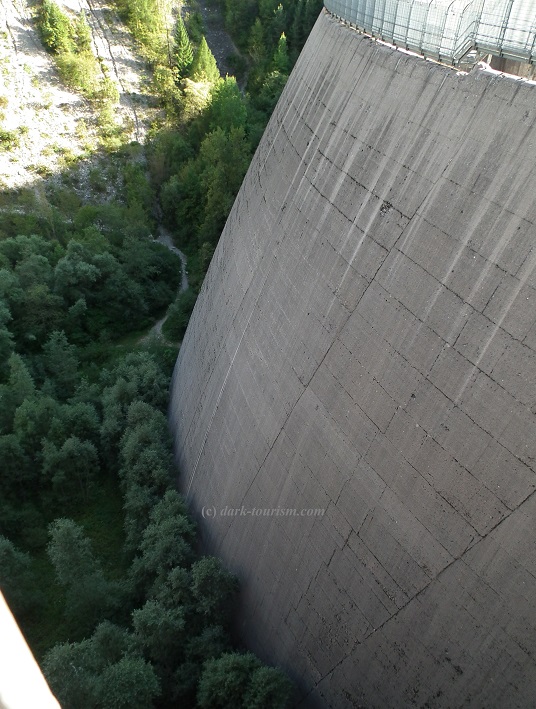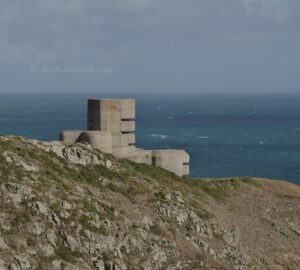On this Day, 57 years ago, on 9 October 1963, the Vajont Dam disaster in northern Italy killed some 2000 people.
It was part natural disaster and part man-made. The hydroelectric dam as such was an engineering marvel (at 262 metres the highest in the world at the time, and still in the top ten), BUT: the mountainside to the south of the reservoir that formed in front of the dam when it was completed turned out to be unstable. This geological fragility had been recognized and warnings were voiced – but the relevant government officials preferred to ignore all this.
And so the catastrophe on 9 October unfolded. Late in the evening, the side of Mt Toc did collapse and the massive landslide that ensued displaced 50 million cubic metres of water from the reservoir in just a few seconds. The gigantic wave of water that formed overshot the dam’s crest and surged down the valley to the little town of Longarone. Most of the residents had already gone to bed and thus were hit by the tsunami in their sleep. Some villages further upstream, such as Erto, were also severely damaged and lives were lost there too.
The dam itself, however, held – even though some sources claim the pressure it faced when the water hit it may have been stronger than the Hiroshima bomb’s blast. Yet only the crest got scraped a bit. But the dam as such still stands to this day. However, since much of the reservoir was filled with debris from the landslide the dam had become useless.
It is now a local visitor attraction and you can go on guided tours (in Italian) that takes visitors along a metal walkway that has been constructed on the dam’s crest. You thus get to the spot where the operating building stood that was washed away by the wave; now you can look down into the abyss behind the dam from here. It’s still a very impressive sight to behold (not for vertigo sufferers!).
A small chapel to the side of the dam serves as a memorial to the victims, and there are also several plaques, both here and at the entrance to a road tunnel that the access road to Vajont passes through just before it reaches the dam. Information panels provide some background.
In addition there’s a small museum in one of the villages on the shores of the ex-reservoir that also tells the story of the 1963 disaster.
Here are some photos (beginning with the same one as above):







[Adaped from a post on my purged Facebook page on 9 October 2017 – see archive]




